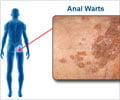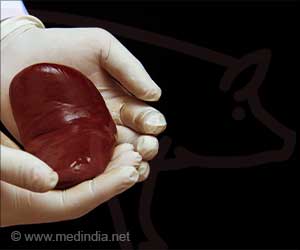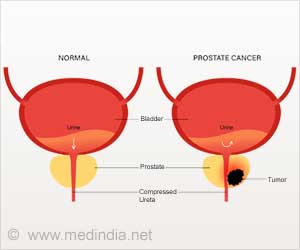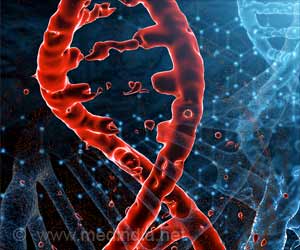A new study finding shows the possibility of designing smarter photoacoustic (PA) probes for the precise diagnosis of tumors.
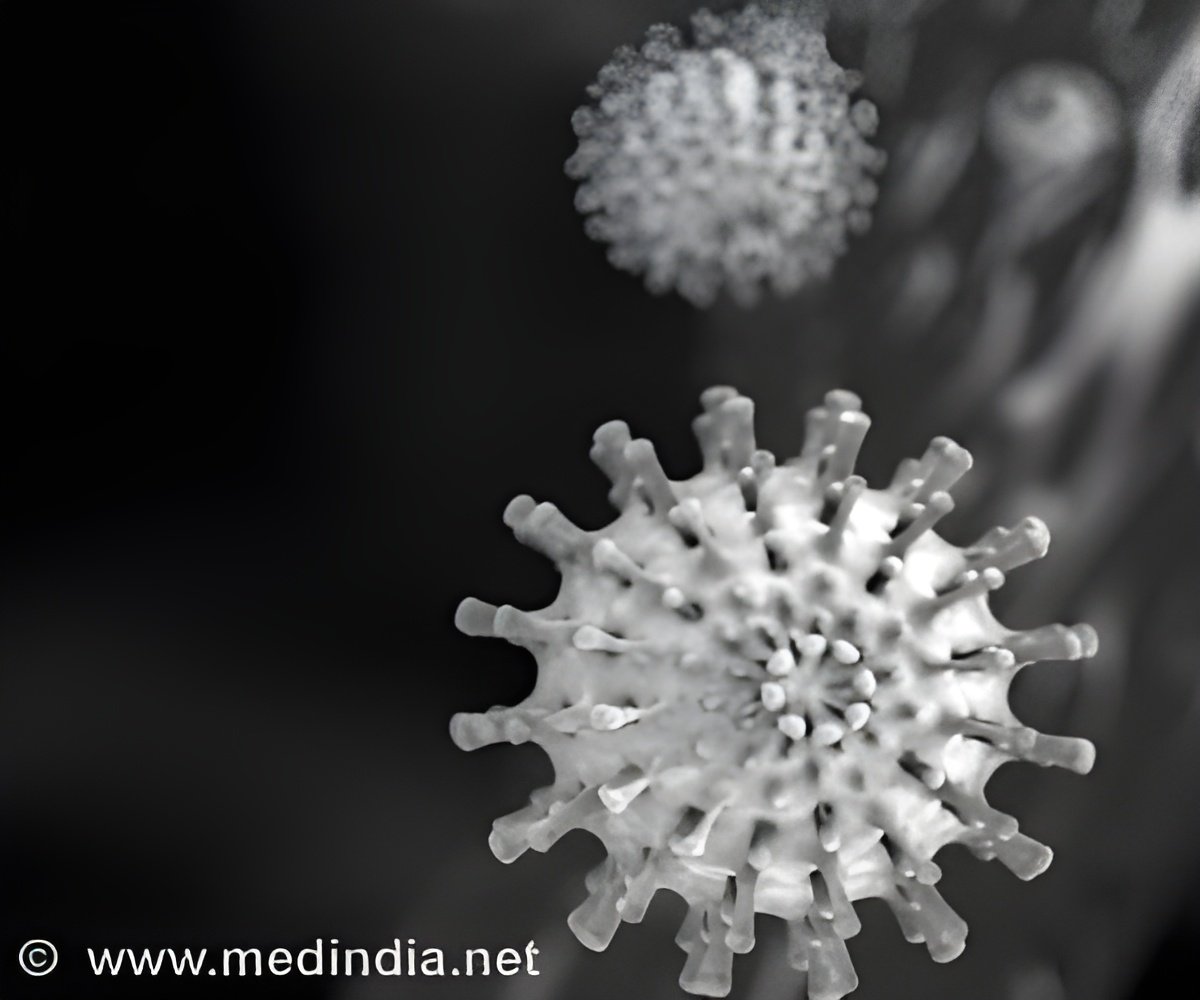
‘Early detection of tumor is possible through Cathepsin B (CTSB)-initiated intracellular self-assembly of small-molecule PA imaging probes into nanoparticles.’





Cathepsin B (CTSB) is considered as a potential biomarker for the early diagnosis of cancers due to its increased expression in the early stage of many cancer types. As a result, the effective and precise monitoring of CTSB activity offers a way out.Taking this into account, a research team from the University of Science and Technology of China (USTC) of the Chinese Academy of Sciences used photoacoustic (PA) imaging for CTSB in tumor detection in a new study.
PA imaging is a new type of non-invasive and non-ionizing biomedical imaging method, which has a huge potential in biomedical research and disease diagnosis due to its excellent tissue-penetrating depth and high spatial resolution.
Using the self-assembly signal enhancement of PA imaging probe, they designed a CTSB-activatable near-infrared PA probe Val-Cit-Cys(SEt)-Lys(Cypate)-CBT (Cypate-CBT).
When Cypate-CBT enters CTSB-overexpressing tumor cells, its disulfide bond is reduced by intracellular glutathione, and its specific cleavage substrate Val-Cit is cleaved by CTSB to produce Cypate-CBT-Cleaved, which undergoes an intermolecular CBT-Cys click reaction to yield Cypate-CBT-Dimer.
Advertisement
This approach effectively increases local probe concentration, prolongs the retention time, and enhances the PA signal of the probe for CTSB activity imaging.
Advertisement
Source-Medindia





